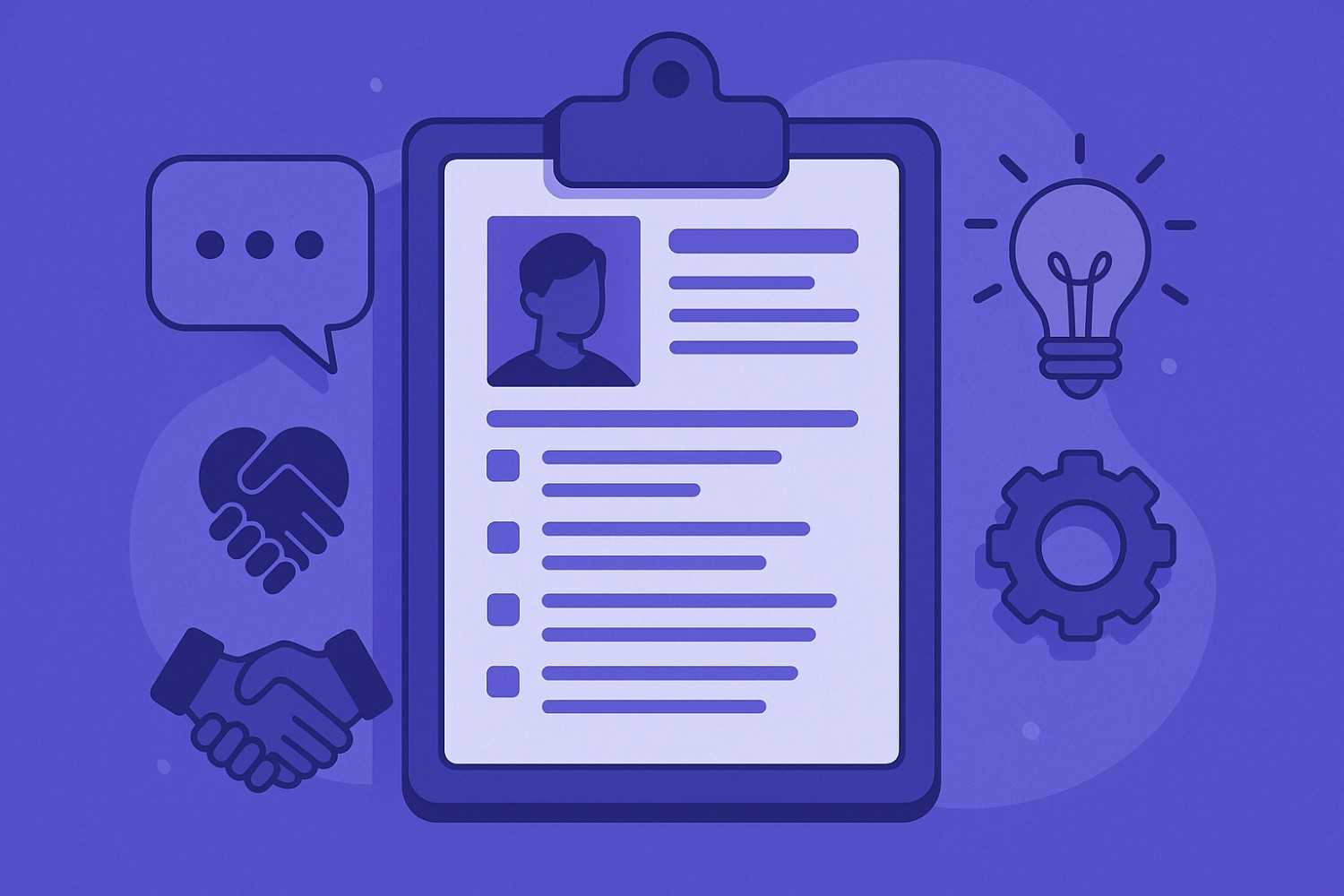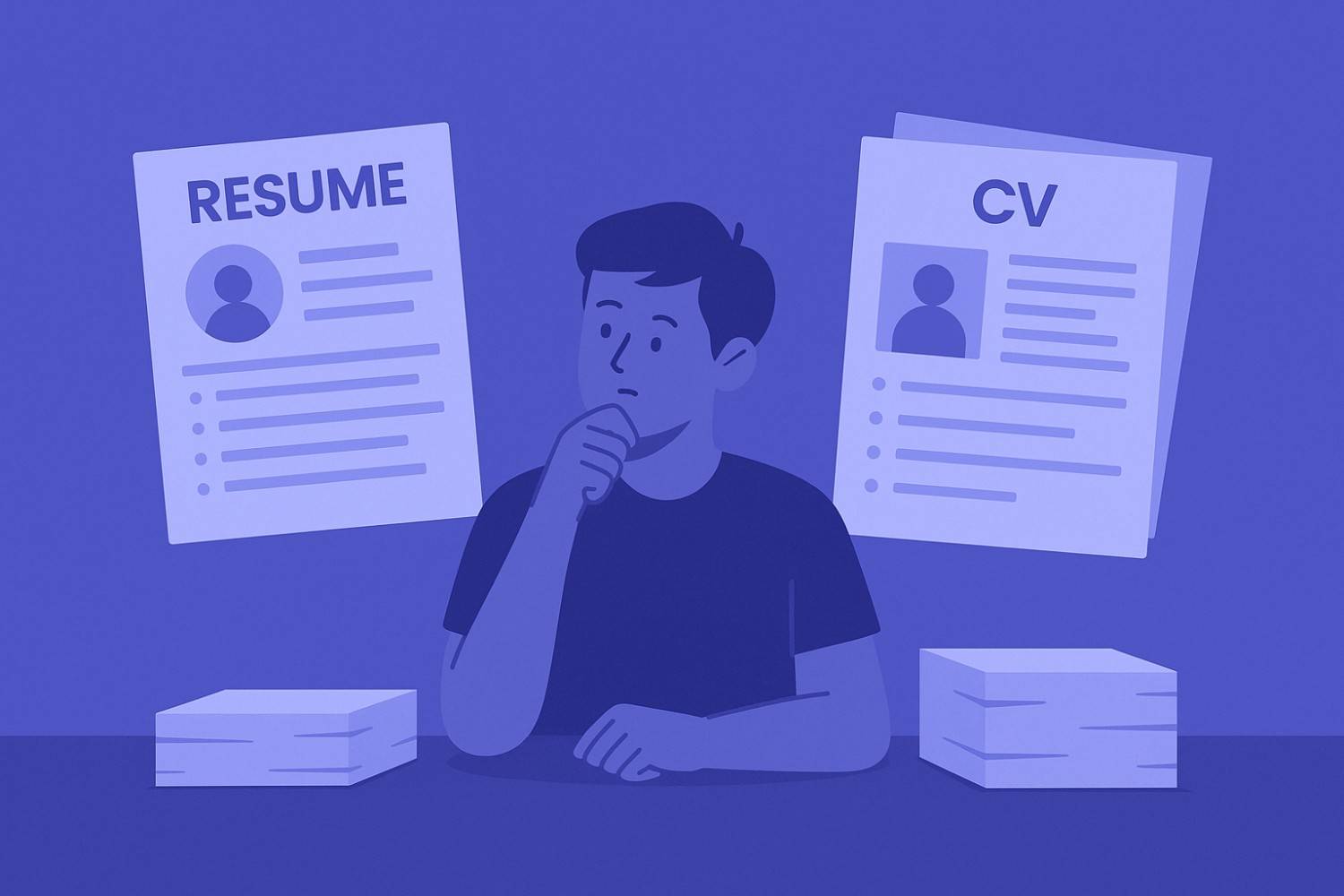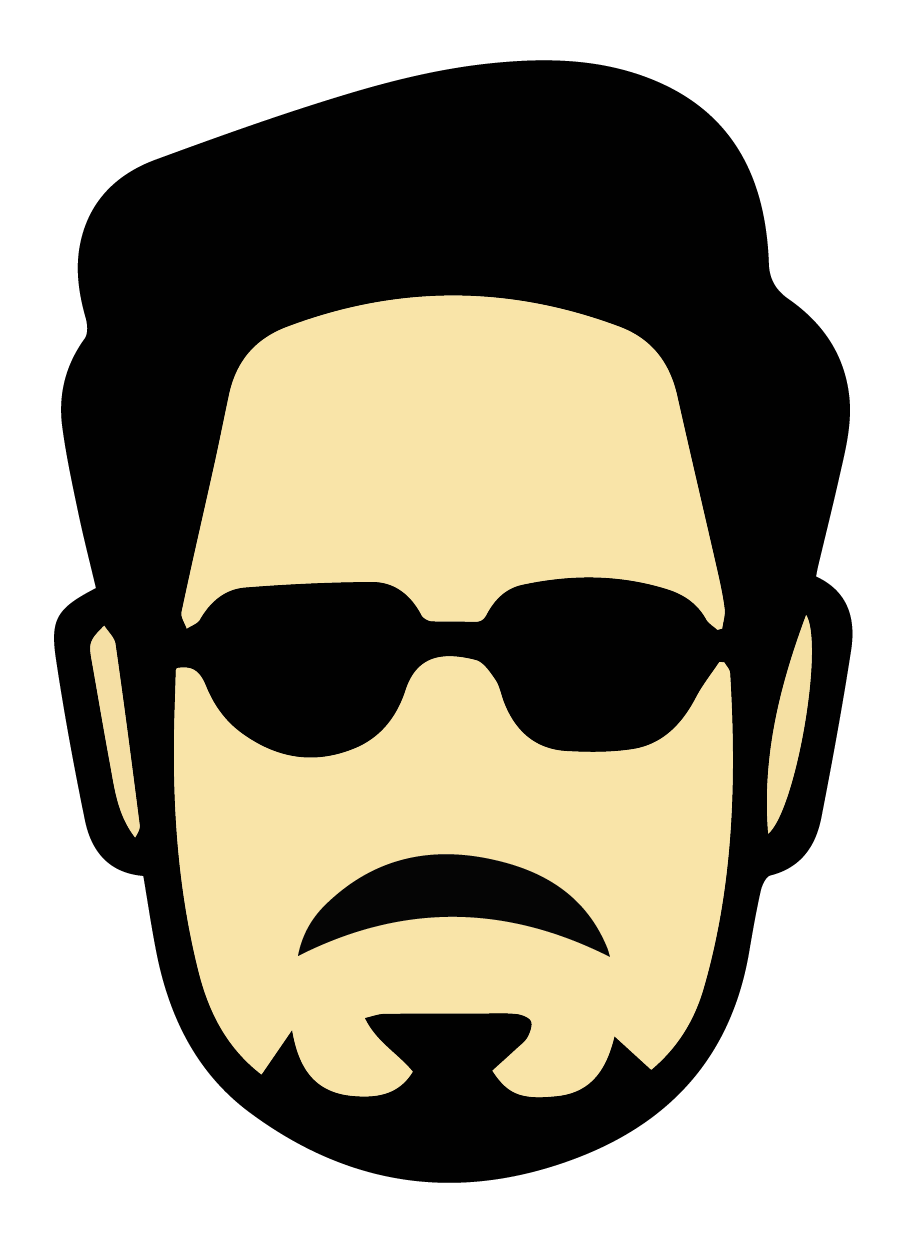How to Tailor Your Resume for Any Job Role

Discover the essential hard and soft skills to feature on your resume. Get real examples and tips to showcase your...

Understand the key differences between a resume and a CV, when to use each, and how to format them for maximum...

Learn how to craft a standout resume as a fresher with no prior work experience. Tips on formatting, sections,...

Learn how to craft a compelling resume summary or objective that grabs recruiters’ attention. Get tips, examples,...

Learn how to strategically use keywords in your resume to pass applicant tracking systems (ATS) and land more...

Learn how to write a strong resume with essential sections, examples, and tips: perfect for students, freshers, and...

Learn how to customize your resume for each job application. Improve your shortlisting chances by aligning your...

Learn the differences between chronological, functional, and hybrid resume formats. Choose the best layout based on...

Learn the most frequent resume mistakes freshers and professionals make, with tips to fix them and stand out in a...

A complete, beginner-friendly guide to writing a professional resume with clear steps, examples, and tips using a...
Resources
-

Set up personalized job alerts to receive notifications about new job openings that match your...
-

Find part-time job opportunities perfect for students, parents, and professionals seeking...
-

Work from home jobs across industries with flexible hours, competitive pay, and real career...
-

Create professional resumes with easy-to-use resume builders. Choose from templates, get...
-

Kickstart your career with internships tailored for students and graduates — explore paid,...
-

Remote jobs have revolutionized how we work, giving professionals the freedom to contribute from...
-

Find the best fresher jobs and entry-level opportunities across IT, Finance, Marketing, and...

Sending the same resume to every job? That’s a mistake. Recruiters can tell when you’ve applied with a one-size-fits-all document, and they often skip right past it.
The truth is, tailoring your resume to match the job description isn’t extra work. It’s what gets your application noticed. And with automated systems like ATS (Applicant Tracking Systems) scanning resumes before a human even sees them, being specific isn't optional anymore.
In this guide, you’ll learn how to:
- Read job descriptions the right way
- Match your skills and experience to what the role actually needs
- Rewrite bullet points for relevance
- Use keywords strategically (without stuffing)
- Build multiple versions of your resume efficiently
- Track what works across applications
Let’s break it down into real, actionable steps.
Why Tailoring Your Resume Matters
A tailored resume shows that:
- You understand the role
- You’ve taken the time to connect your experience with what the company wants
- You’re serious—not just mass applying
- You know how to filter what's relevant from your background
Most importantly, it gives the recruiter what they’re looking for first without having to dig through irrelevant content.
Step 1: Understand the Job Description Deeply
Before you even open your resume file, you need to understand the job you’re applying for.
What to look for in the listing:
- Job Title – Does it match your current or recent experience?
- Top 5 responsibilities – What will this person be doing every day?
- Required skills – Are these technical tools, soft skills, or certifications?
- Nice-to-haves – Could you mention a project or course to check this box?
- Industry context – B2B vs B2C, startup vs MNC, remote vs in-office?
Highlight or copy the most repeated phrases. These are your signals for what to echo back in your resume.
Step 2: Match Your Skills to What They’re Asking
After reviewing the job description, take a few minutes to map your own experience to what the employer is looking for.
You don’t need a fancy tool—just open a blank document or use a notebook.
Start by listing what the job asks for. Then think: Have I done anything similar, even in a project, internship, or volunteer role? Match them like this:
-
Project management
Maybe you led a class assignment where you tracked progress and deadlines using Trello or Google Sheets. That’s relevant. -
Content creation for social media
If you’ve handled Instagram posts for your college fest or helped a local group with online promotions, include it. -
Basic graphic design
Experience using Canva for posters or even playing around with Figma in a side project shows initiative. That’s worth adding.
You’re not expected to have job titles that match perfectly. What matters is whether you’ve demonstrated similar skills, even in different settings.
Step 3: Customize Your Resume Summary
Your summary (or objective) should be different for every role.
Good example (customized):
Final-year marketing student with hands-on experience in content creation and community engagement. Looking to apply my skills in social media management and data-driven campaigns to support XYZ’s marketing goals.
Bad example (generic):
Hardworking student seeking internship in any field to grow and learn.
Keep it 1–2 lines, but focus it toward what the company does and what the job demands.
Step 4: Adjust Your Job Titles (When Appropriate)
Let’s say you worked as a “Program Coordinator” for your college club, but the job calls it “Project Assistant.”
It’s okay to adapt if the duties are the same—just avoid exaggeration.
Example:
Resume Title: Project Coordinator – Tech Fest 2023
Not OK: Operations Manager – National Summit
Stay honest but translate it to what the recruiter will understand.
Step 5: Rework Bullet Points to Match Key Phrases
Here’s where tailoring makes the most impact. Don’t just copy-paste old bullets. Rewrite them to highlight:
- Impact: What changed because of your work?
- Skills used: Name tools, platforms, or techniques
- Numbers: Add scale where you can (users, clicks, savings, growth)
Before:
Managed social media posts for club
After:
Scheduled and published 4+ weekly Instagram posts using Buffer, increasing event signups by 35%
See the difference? Now it speaks directly to a marketing job.
Step 6: Rearrange Sections Based on Role
You can move things around in your resume. Make your most relevant section appear first.
- For design roles, put your projects or portfolio link at the top
- For data roles, move tools and technical skills higher
- For research jobs, show publications or summaries before work history
If your biggest value isn’t your latest job, lead with skills or project sections.
Step 7: Use Keywords Naturally (Not Stuffing)
You don’t need to repeat “digital marketing” ten times to pass an ATS.
Instead:
- Use natural variations: digital campaigns, social media ads, Google Analytics
- Mention tools explicitly: Excel, Salesforce, SQL, Canva
- Use phrases from the job description once or twice per section, not more
Keyword checklist:
- [ ] Job title appears once in summary or header
- [ ] Top 3 skills from the JD are present
- [ ] Tools or platforms used are named clearly
- [ ] Soft skills mentioned in context (e.g., “collaborated with cross-functional team”)
Step 8: Trim Irrelevant Experience
You don’t need to list every part-time job or unrelated course.
Keep your resume focused on what the job needs. You can mention:
- Side projects
- Volunteering
- Coursework
- Freelance gigs
- Hackathons
- Case studies
Step 9: Save and Label Versions Clearly
If you’re applying to 10 different types of roles, don’t rewrite from scratch every time.
Create a base version and adapt it:
- Resume_Marketing_June2025.pdf
- Resume_ProductIntern_Fintech.pdf
- Resume_ResearchAssistant_Academic.pdf
Track what you applied to where using a simple sheet:
| Company | Role | Format Used | Outcome | |----------------|----------------|------------------|------------------| | JobPe | Content Intern | Hybrid (skills first) | Interviewed | | Edureka | Product Intern | Chronological | No callback | | StudyIQ | Research Role | Functional | Hired |
How to Tailor If You Have No Experience
Even without internships, you can still tailor well.
Build from:
- Class assignments
- College competitions
- Certifications (Google, HubSpot, etc.)
- Campus clubs or events
- Personal blogs or channels
- Mini-projects (case studies, practice dashboards)
Frame it like this:
Analyzed social media trends and created weekly reports for XYZ Club’s online presence, using Excel and Canva.
That shows skill, action, and relevance—even if it wasn’t paid.
Resume Tailoring Tips by Role Type
Marketing & Content
- Focus on writing, social media, campaign results
- Show tools like Canva, Meta Business Suite, Buffer
- Highlight engagement metrics
Software & Tech
- Put languages, platforms, and GitHub links at the top
- Add coding practice or side projects
- List internships, even if freelance or unpaid
Business & Product
- Mention projects that show user thinking
- Use terms like “problem-solving,” “stakeholder,” “roadmap,” “metrics”
- Show Excel, Notion, Airtable, or SQL familiarity
Research & Data
- Focus on data sources, tools used, and research insights
- Mention reports or presentations shared
- List Python, R, Excel, Google Forms, or Power BI
How to Practice Resume Tailoring in Interviews
Tailoring your resume also helps you speak about your experience with clarity.
Practice explaining how your past work connects to the new role. Learn how to walk someone through a revised bullet point. Show that you understand the company’s needs.
What Recruiters Say About Generic Resumes
Here’s what hiring managers have said in anonymous forums:
“If I see a resume without any alignment to the JD, I skip it. I don’t have time to guess what you’re good at.”
“The best resumes feel like the candidate read the posting and mirrored it back—without lying. It shows effort.”
“One tailored resume is better than ten random ones.”
Tailoring is not about tricking anyone—it’s about communicating clearly.
Final Checklist: Tailoring Before You Apply
Run through this before you hit send:
- [ ] Did I change the summary to match this job?
- [ ] Are my bullet points speaking to what they need?
- [ ] Is my formatting consistent and clean?
- [ ] Have I removed unrelated stuff?
- [ ] Did I include skills or keywords from the listing?
- [ ] Did I save it with a relevant file name?
Every Job Deserves a Custom Resume
You don’t need to rewrite your resume from scratch every time. But you do need to show that you’ve read the job description and connected the dots between what they want and what you bring.
Tailoring shows intention. And intention builds trust.
Don’t apply faster. Apply better. Tailor your resume—and give yourself a real chance.
